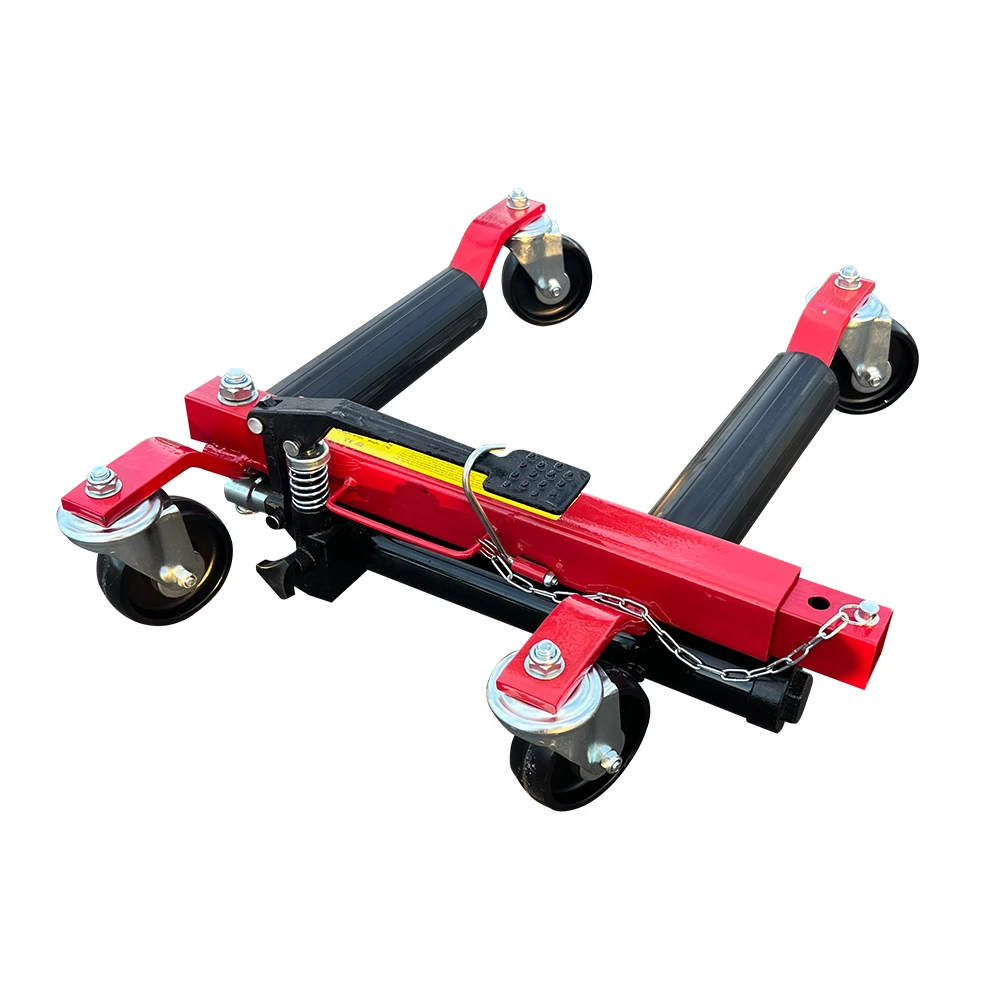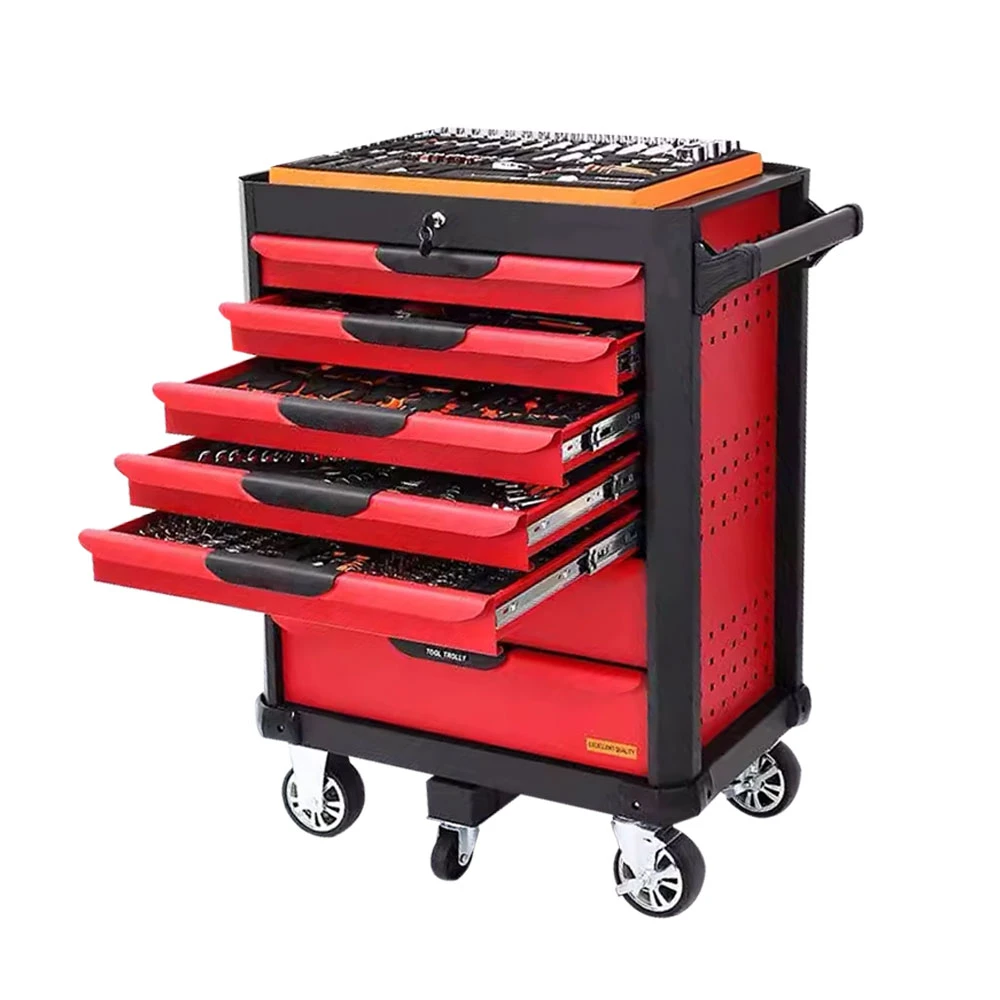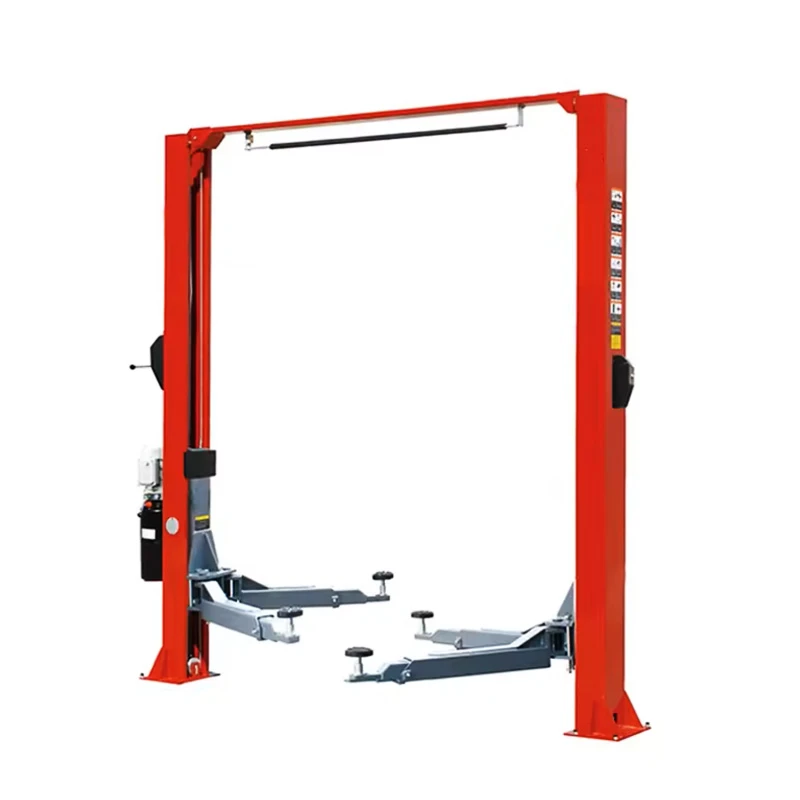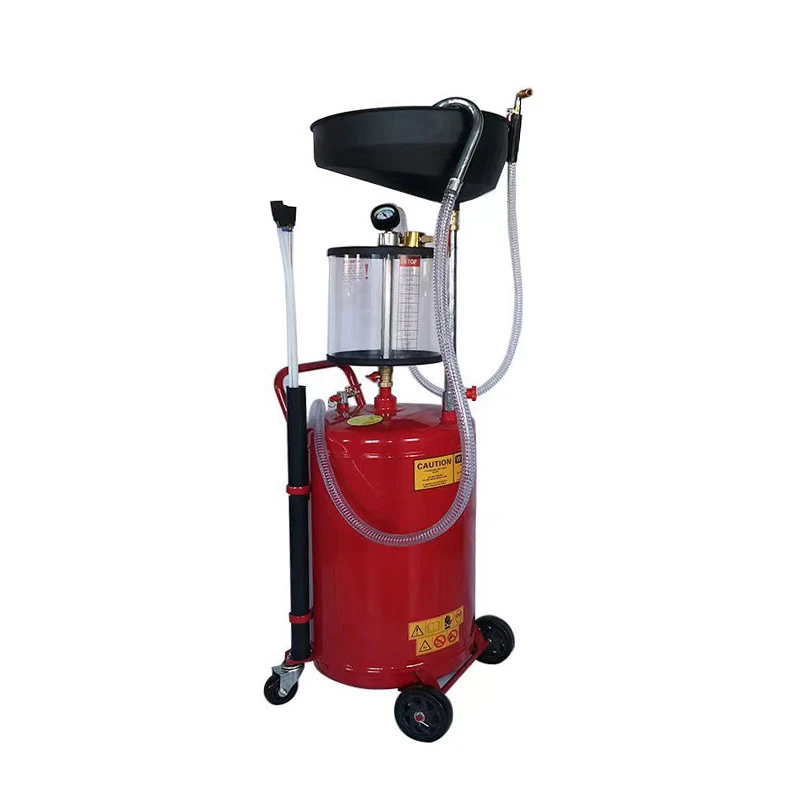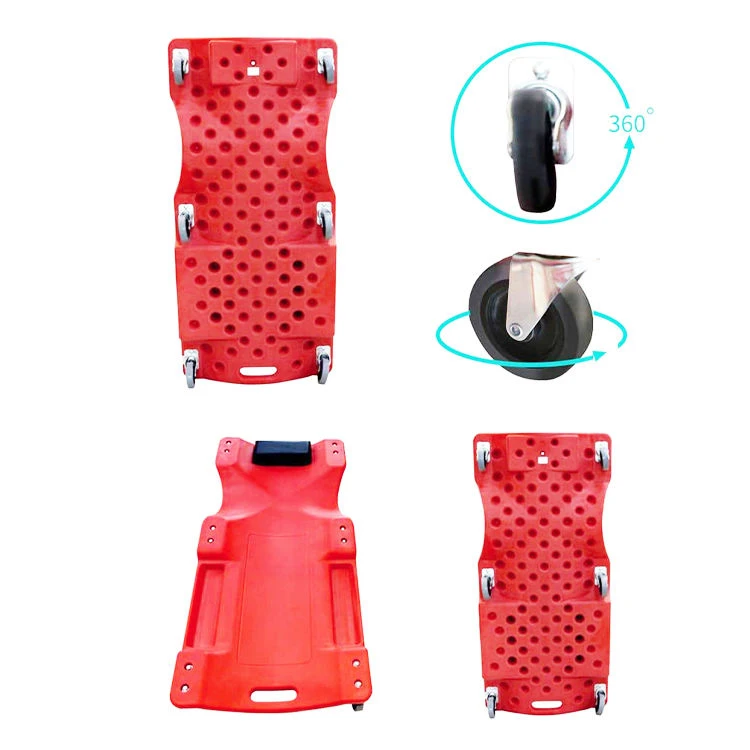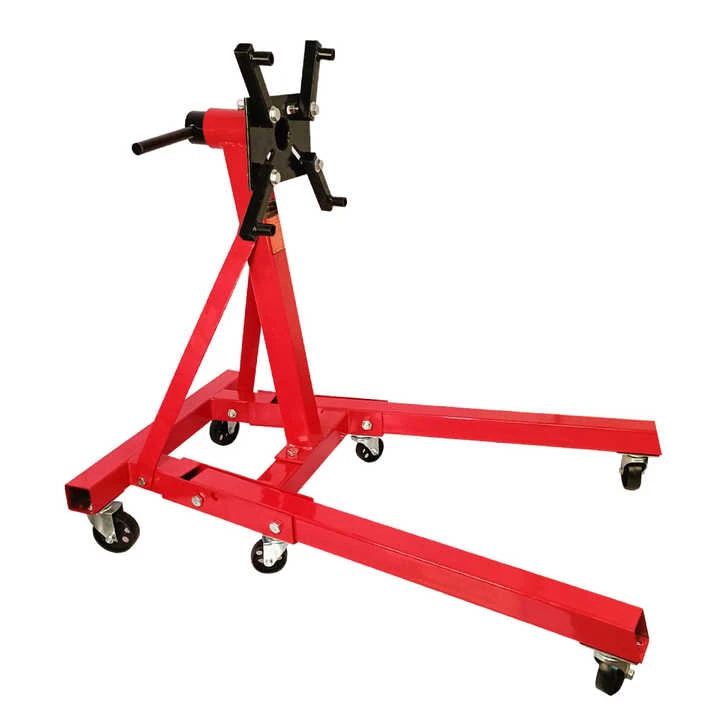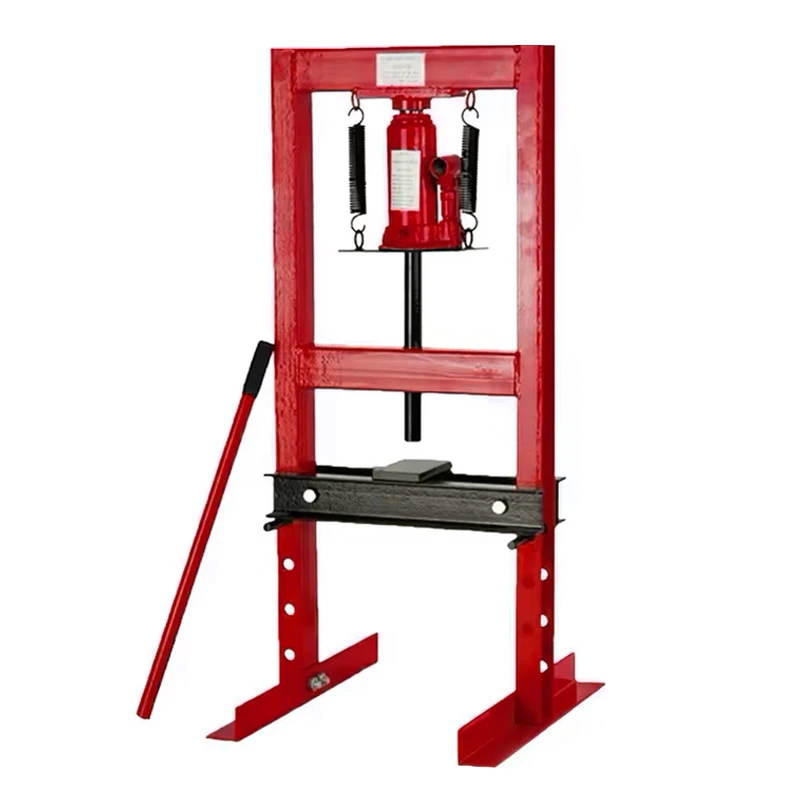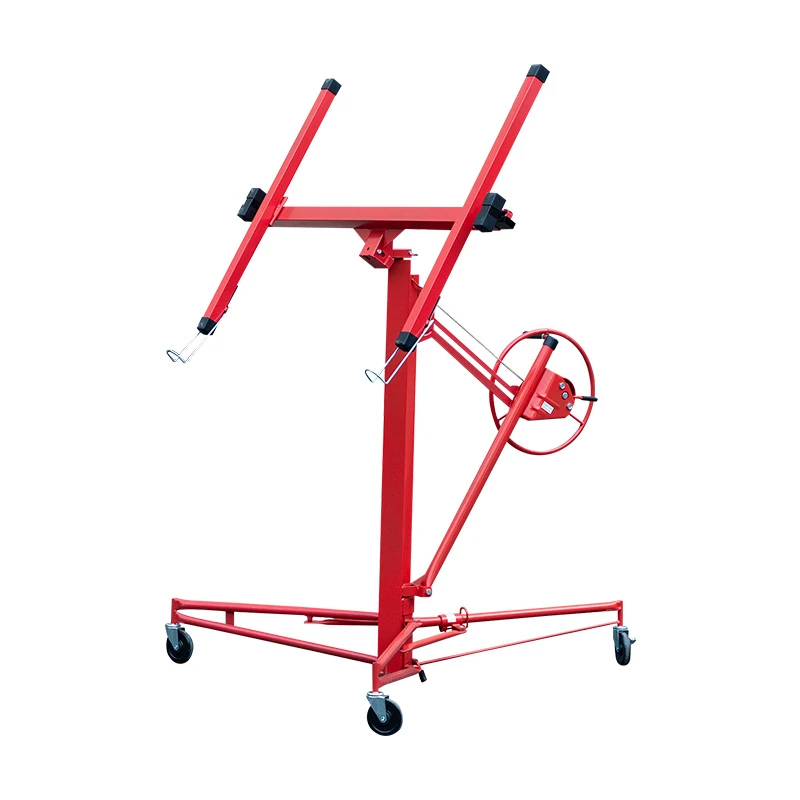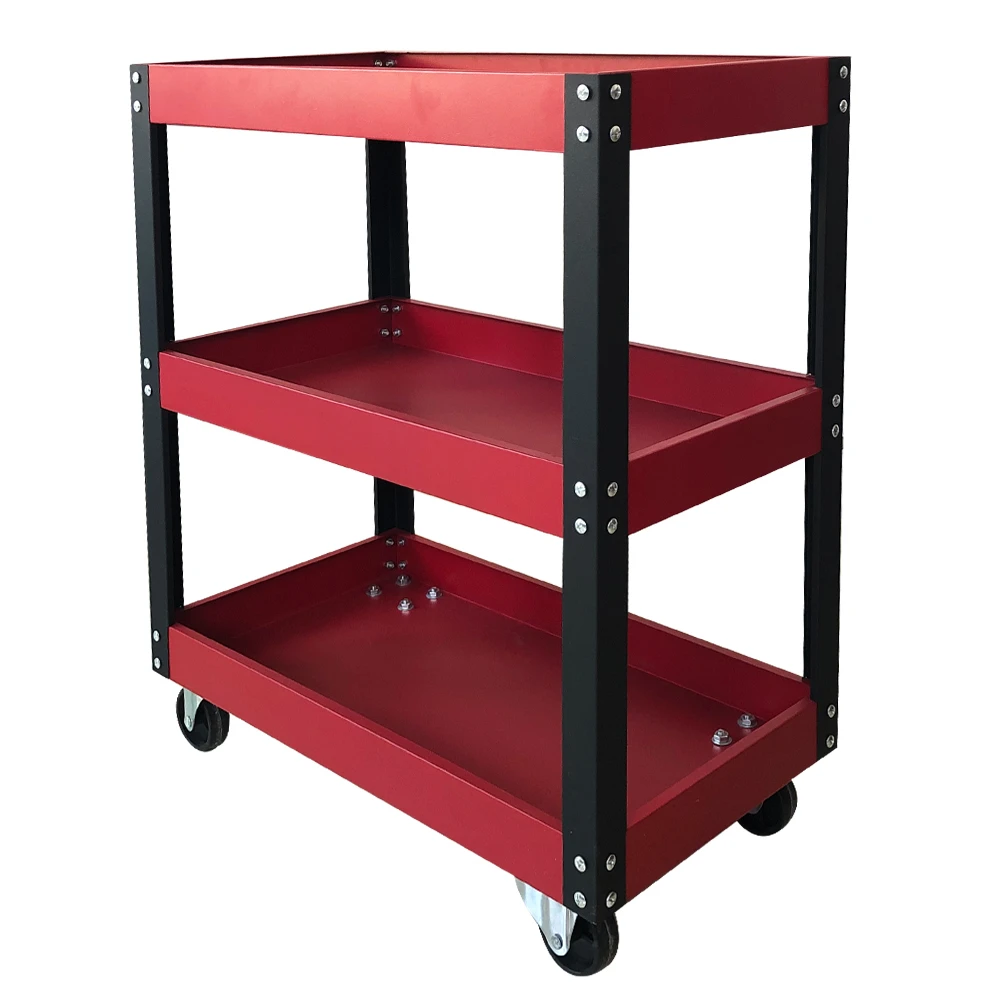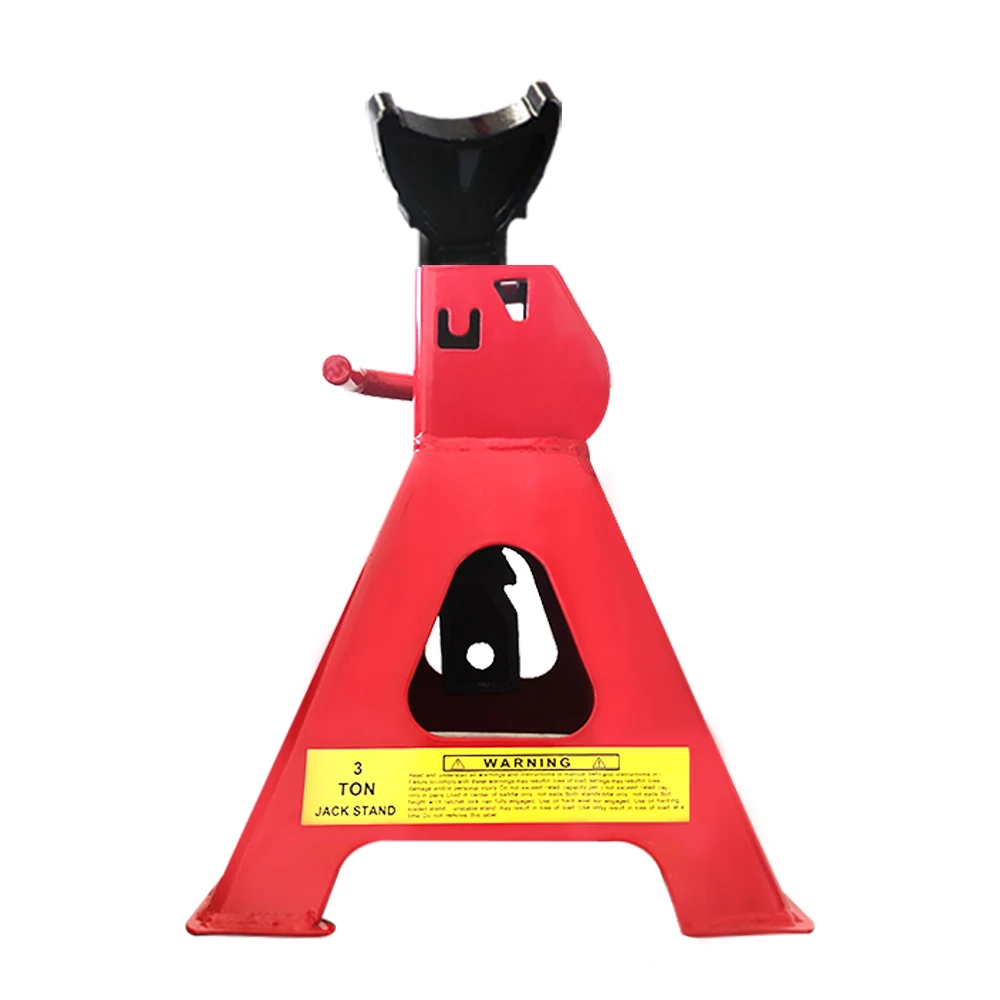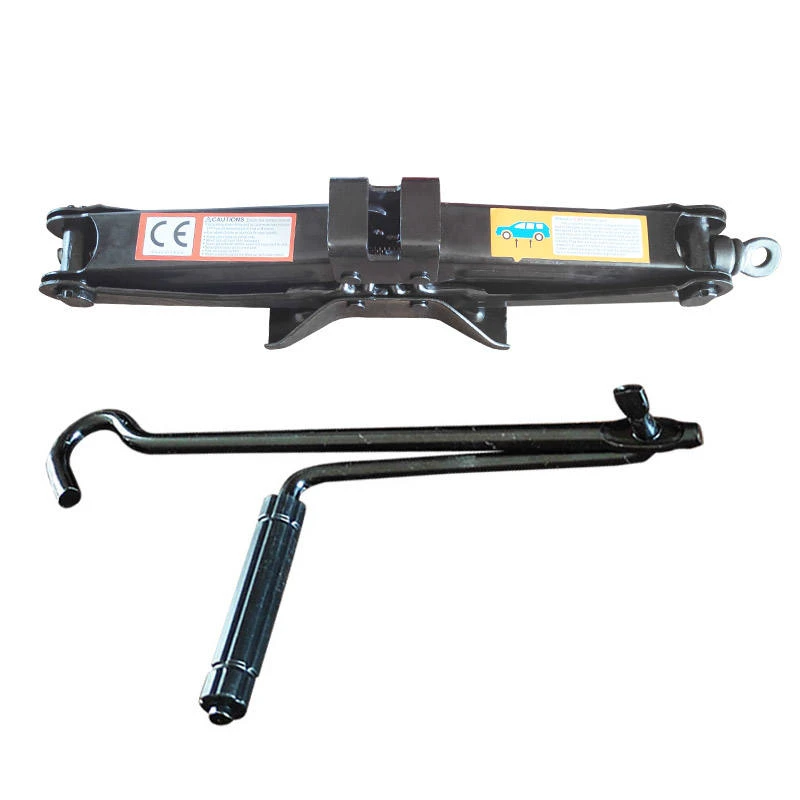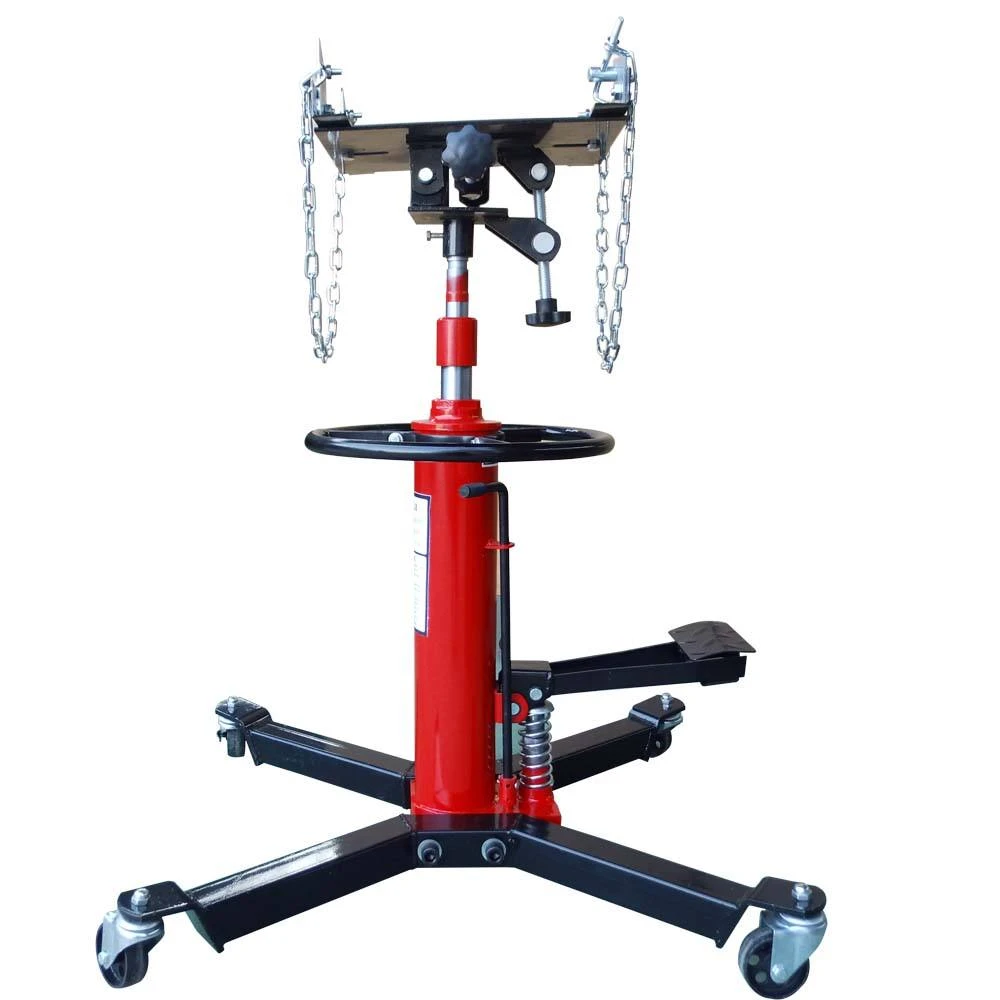How Do Car Jack Lifts Revolutionize Vehicle Maintenance?
In the world of automotive maintenance and repair, having the right tools is crucial for ensuring safety and efficiency. Among these essential tools, car jack lifts stand out as indispensable equipment for lifting vehicles off the ground. From the car jack lift 3 ton designed for heavier vehicles to the more compact car jack 1.5 ton, and specialized variants like the car jack 3 ton low profile, these devices come in various capacities and designs to meet different needs. Additionally, the classic car jack remains a staple for basic vehicle - lifting tasks. Understanding the features, applications, and differences between these options is key for both professional mechanics and DIY enthusiasts.
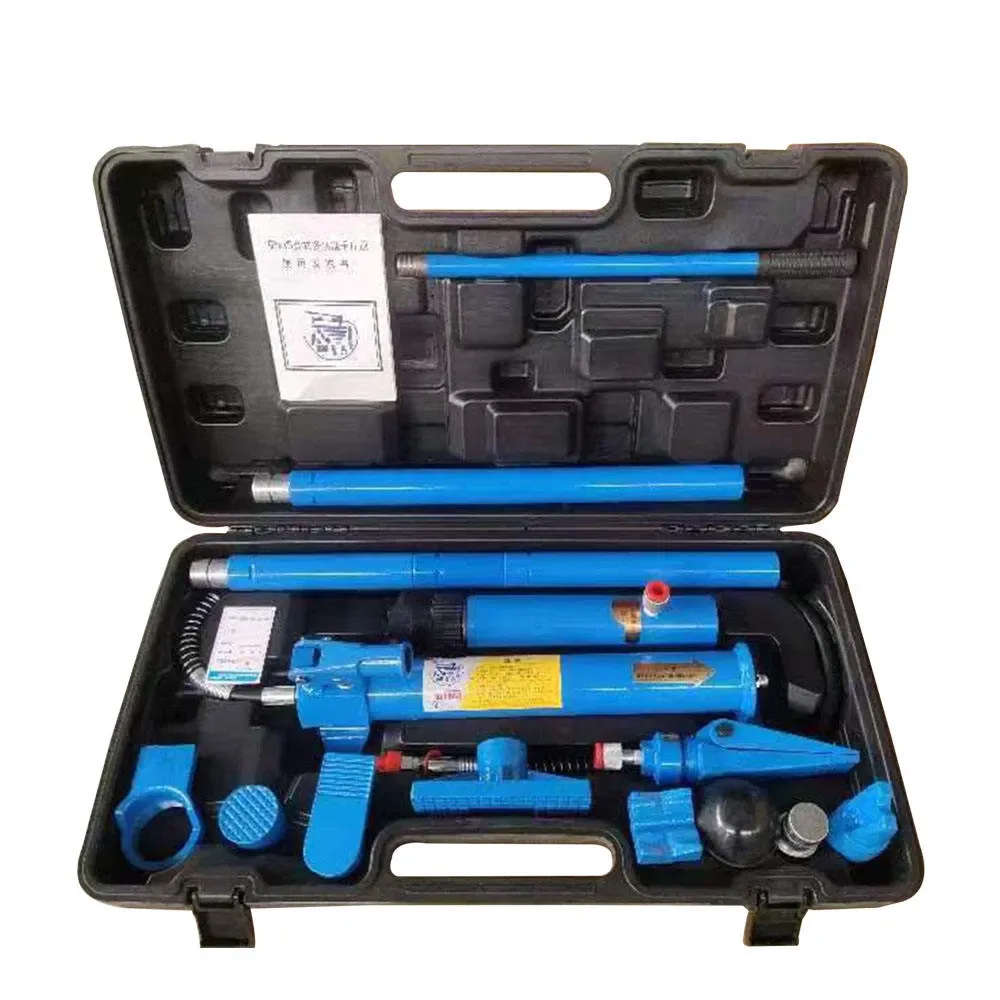
Unveiling the Power of Car Jack Lifts
A car jack lift is a game - changer when it comes to vehicle maintenance. Whether it's changing a flat tire, inspecting the undercarriage, or performing more complex repairs, a reliable lift provides the necessary clearance. For instance, in auto repair shops, car jack lifts are used daily to hoist cars and trucks, allowing mechanics to work comfortably and safely. These lifts typically operate using hydraulic or mechanical systems. Hydraulic car jack lifts offer smooth and effortless lifting, capable of handling heavy loads with ease. Their ability to lift vehicles to a significant height makes them ideal for in - depth inspections and repairs that require ample space beneath the vehicle.
The Capabilities of a Car Jack Lift 3 Ton
The car jack lift 3 ton is a heavy - duty option designed to handle larger and heavier vehicles. SUVs, vans, and some light - duty trucks often require this level of lifting capacity. With a 3 - ton rating, these lifts can support vehicles weighing up to 6,000 pounds. In a busy auto service center, a car jack lift 3 ton is frequently used to lift minivans or small delivery trucks for oil changes, brake repairs, and transmission work. The robust construction of these lifts ensures stability during operation, minimizing the risk of accidents. Many 3 - ton lifts also feature adjustable height settings, allowing mechanics to position the vehicle at the most convenient level for the task at hand.
Exploring the Versatility of Car Jacks
The traditional car jack has been a mainstay in vehicle maintenance for decades. Compact and portable, it's a must - have for every vehicle owner. The basic design of a car jack typically involves a screw - type or hydraulic mechanism that enables users to lift one end of the vehicle. For example, in the event of a flat tire on the roadside, a car jack allows drivers to raise the vehicle just enough to remove the flat tire and install a spare. Screw - type car jacks are known for their simplicity and reliability, while hydraulic car jacks offer quicker and easier lifting. They come in various sizes and weight capacities, making it possible to find the right fit for different types of vehicles.
The Advantages of a Car Jack 1.5 Ton
The car jack 1.5 ton is a lighter - duty option, perfect for smaller cars and sedans. Weighing less than 3,000 pounds on average, these vehicles can be safely lifted using a 1.5 - ton jack. For DIY enthusiasts who perform routine maintenance at home, a car jack 1.5 ton is an affordable and practical choice. It's easy to store in a garage or trunk, and its operation is straightforward. When changing the oil or replacing spark plugs on a compact car, this type of jack provides sufficient lift without taking up excessive space. Its smaller size also makes it more maneuverable in tight spaces, allowing users to position it precisely under the vehicle's jacking points.
The Utility of a Car Jack 3 Ton Low Profile
The car jack 3 ton low profile is a specialized lift designed for vehicles with limited ground clearance. Sports cars, luxury sedans, and some modified vehicles often sit low to the ground, making it challenging to use standard lifts. The low - profile design of this 3 - ton jack allows it to slide easily under these vehicles. Once in place, it can lift the vehicle to the required height for maintenance or repair work. In high - end auto repair shops that service sports cars, the car jack 3 ton low profile is an essential tool. Its ability to handle heavy loads while maintaining a low - profile design ensures that even the most delicate and low - slung vehicles can be lifted safely and efficiently.
FAQ Regarding Car Jack Lifts
What factors should I consider when choosing a car jack lift?
When selecting a car jack lift, consider the weight of your vehicle. Ensure the lift's capacity exceeds your vehicle's weight to guarantee safety. Also, think about the available space in your garage or workspace; compact or low - profile models may be necessary for limited areas. The type of lifting mechanism (hydraulic or mechanical) can impact ease of use and maintenance requirements. Additionally, look for features like adjustable height settings and stability features to enhance usability and safety.
How do I ensure the safe use of a car jack lift?
To use a car jack lift safely, first, read and follow the manufacturer's instructions carefully. Always position the lift on a flat, stable surface. Before lifting, ensure the vehicle is in park (for automatics) or first gear (for manuals) and the parking brake is engaged. Use jack stands to support the vehicle once it's lifted to the desired height, as car jacks alone are not designed for long - term support. Regularly inspect the lift for signs of wear, damage, or leaks to prevent malfunctions during operation.
Can a car jack 1.5 ton lift a larger vehicle in an emergency?
A car jack 1.5 ton is rated for vehicles up to 3,000 pounds. Attempting to lift a heavier vehicle with it can be extremely dangerous and may result in the jack failing, causing the vehicle to fall. In an emergency, it's better to call for professional roadside assistance rather than risk using an undersized jack. Using a jack with insufficient capacity can not only damage the jack but also lead to serious injury or property damage.
How often should I maintain my car jack lift?
Maintenance frequency for car jack lifts depends on usage. For hydraulic lifts, check the fluid levels regularly and replace the fluid according to the manufacturer's schedule. Inspect all moving parts, such as joints and screws, for wear and tear, and lubricate them as needed. For mechanical lifts, ensure the screws and gears are clean and free of debris. Conduct a thorough inspection at least once a year, and more frequently if the lift is used intensively, to keep it in optimal working condition.
Are low - profile car jacks more expensive than standard models?
Car jack 3 ton low profile models may be slightly more expensive than standard lifts due to their specialized design. The need to create a lift that can slide under vehicles with minimal ground clearance while still maintaining a high - weight capacity often requires advanced engineering and manufacturing techniques. However, the price difference can vary depending on the brand, features, and quality of the lift. In some cases, the added convenience and functionality of a low - profile jack may justify the higher cost, especially for owners of vehicles with low ground clearance.
Products categories
Latest News
-
Unraveling the World of Car Jack Economics and Acquisition
NewsJun.24,2025 -
Unraveling the Essentials of Car Jacks and Their Operations
NewsJun.24,2025 -
Unraveling the Capabilities of 10 - Ton Porta Power Equipment
NewsJun.24,2025 -
Unraveling Issues and Solutions in Car Jack Systems
NewsJun.24,2025 -
Unleashing the Potential of 10 - Ton Hydraulic Equipment
NewsJun.24,2025 -
Power and Precision in Heavy - Duty Lifting: 10 Ton Porta Power Solutions
NewsJun.24,2025 -
What Makes Car Shop Jacks and Related Tools Indispensable for Vehicle Maintenance?
NewsJun.12,2025
